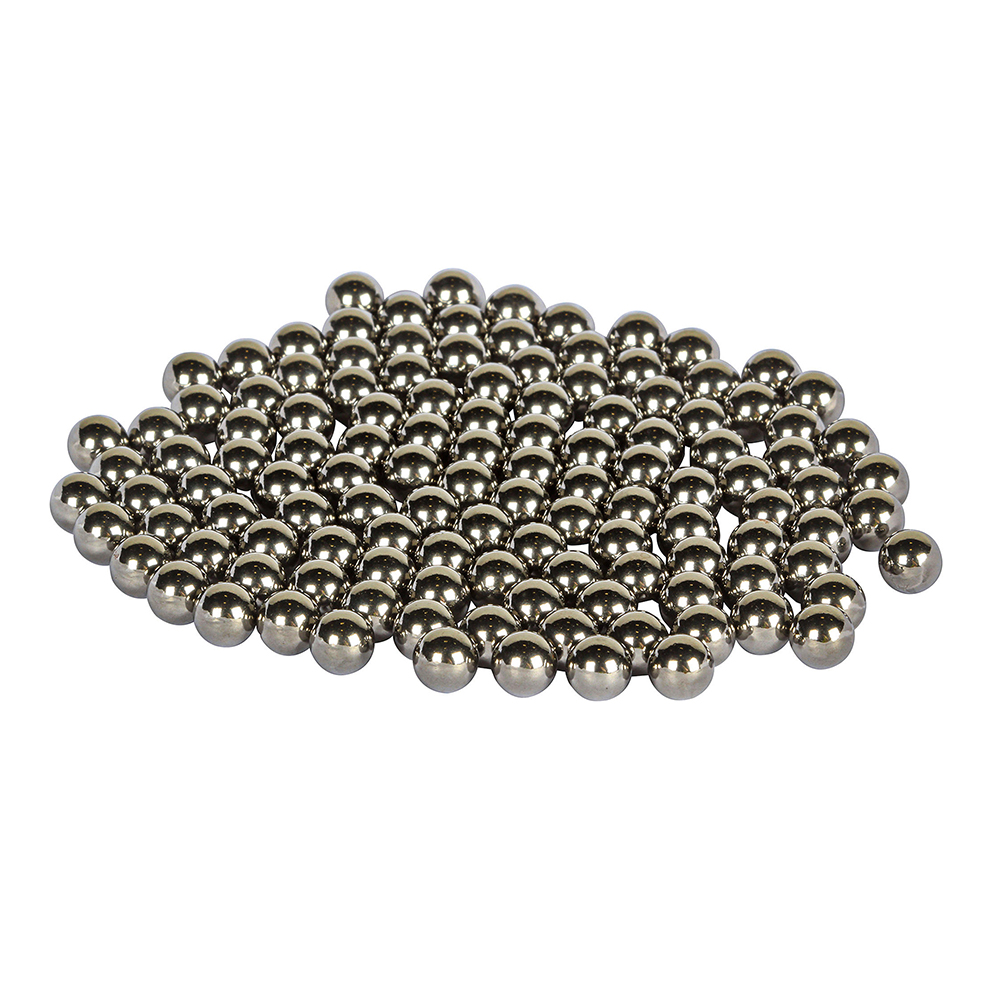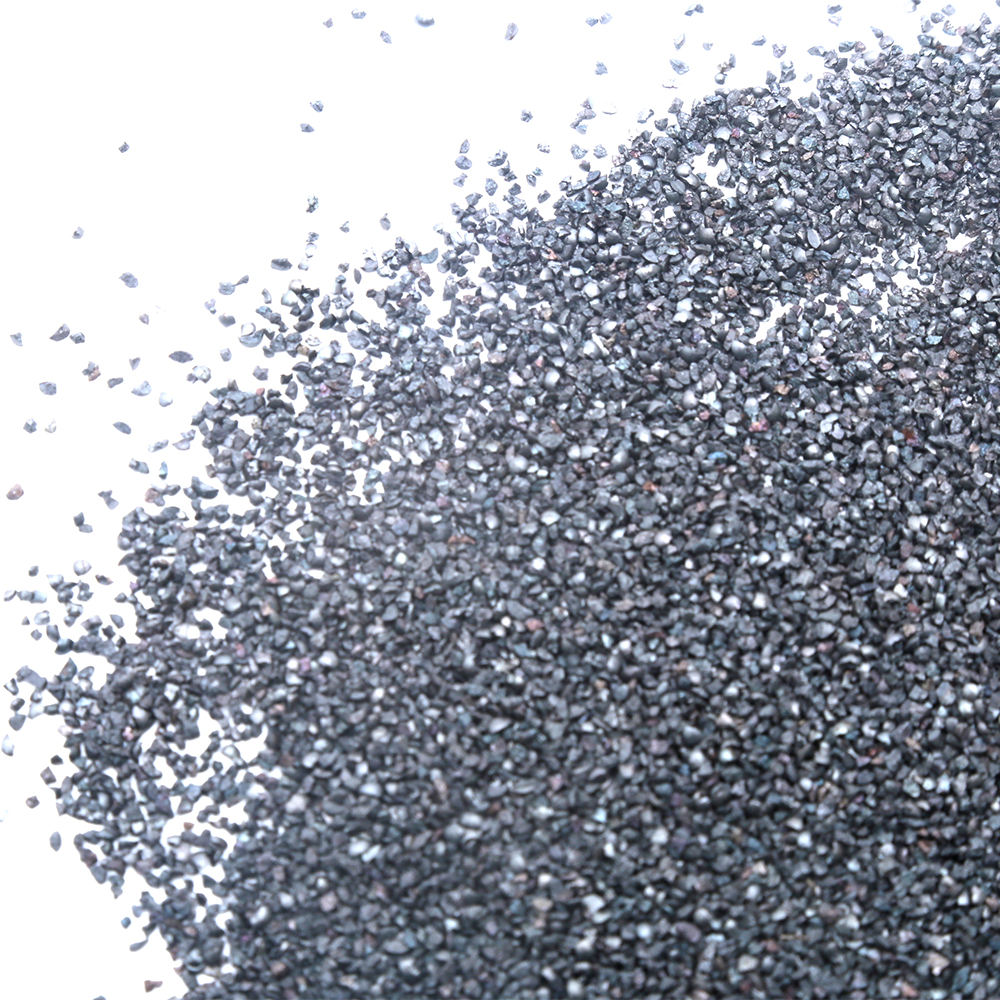Sand blasting and shot blasting are both methods used to clean, polish and smooth surfaces, but they have distinct differences that make them suitable for different applications.
Sandblasting is a process that uses fine sand particles propelled at high speeds to remove rust, paint, and other surface imperfections. It is commonly used in industrial settings to prepare surfaces for painting or coating, and can also be used to etch designs into glass or stone. Sandblasting is often favored for its ability to produce a uniform surface effect and for its relatively low cost.
Shot blasting involves the use of small metal pellets, such as steel shot or grit, to clean and prepare a surface. This method is commonly used to remove scale, rust, and surface contaminants from metal and concrete surfaces. Shot peening is also effective in creating a rough texture on the surface to improve coating and paint adhesion.

One of the main differences between sand blasting and shot blasting is the type of abrasive used. Sandblasting uses sand as the abrasive media, while shot blasting uses metal pellets. Differences in abrasive materials result in differences in the strength and effectiveness of each method.
Sandblasting is known for its ability to produce a smooth, uniform finish on surfaces. The fine particles of sand remove surface imperfections without causing damage to the underlying material. This makes sandblasting ideal for applications that require an even surface, such as preparing a metal surface for painting or removing graffiti from a wall.

In contrast, shot blasting is more aggressive and can be used to remove tougher surface contaminants such as heavy rust and scale. The metal pellets used in shot peening are able to impact surfaces with greater force, making them suitable for applications that require more abrasive action.
Another major difference between sand blasting and shot blasting is the equipment used for each method. Sandblasting typically involves a sandblasting cabinet or portable sandblasting equipment, which uses compressed air to push abrasive onto the surface. Shot peening requires a specialized shot peening machine, which uses centrifugal force or compressed air to push metal pellets on the surface.
The choice between sand blasting and shot blasting ultimately depends on the specific requirements of the application. Sand blasting is ideal for tasks that require a smooth, even surface, while shot blasting is better suited for jobs that require heavy-duty cleaning and surface preparation.
It is important to note that both sand blasting and shot blasting produce hazardous dust and debris, so appropriate safety measures, such as respirators and protective clothing, should be used when performing these processes. Additionally, both methods should be performed in a ventilated area to ensure proper handling of the abrasive and to prevent harmful particles from accumulating in the air.
While sand blasting and shot blasting are both effective methods of cleaning and preparing surfaces, they have significant differences in abrasive materials, intensity, and equipment. Understanding these differences is critical to selecting the correct method for a specific application and ensuring the desired results are obtained.
Post time: Mar-07-2024





